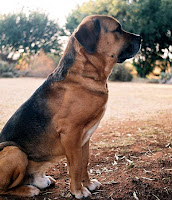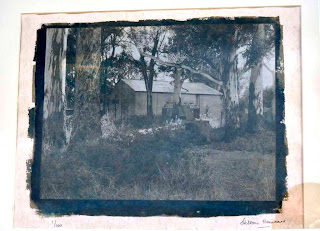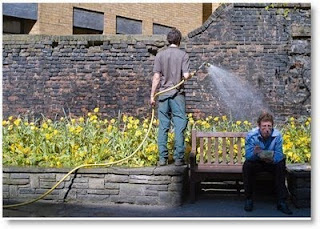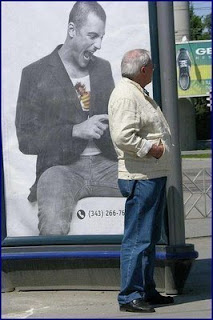

Before going in for repairs
A couple of weeks ago I took a ride to Parys, a small town on the banks of the Vaal River, about an hour's drive south of Johannesburg. (You can read about my discovery of the world's best choc chip cookie and view pics I took there on
my travel site.)
Parys has a number of "antique" shops -- many of which sell old junk that they call "antique". I am always on the lookout for old cameras, particularly German examples made in the 1950s, so I was delighted when, in a box in one of the shops, I found a Kodak Retina IIc.
Still in it's leather case, it was caked in dust and some of its chrome sported verdigris. The shutter worked but was slow -- a common ailment with cameras of that era that have often stood unused for years. The lubricant used on the leaf-shutter becomes gooey. The rangefinder mechanism looked okay but needed a good cleaning. But it was obvious there was a problem with the winding mechanism. This is also apparently fairly common with Retinas and the result of a design quirk where the winding mechanism is designed to lock when the last picture on the mechanical counter is reached. It is claimed Kodak did this to stop people squeezing more images from a roll of film so they could boost Kodak film sales. True? I don't know but the design led to many Retinas being wrecked when ham-fisted operators applied force to the winding lever.
This was obviously the cause of the problem with this particular Retina.
The junk shop owner wanted R450 (approx $60) for the camera which I considered outrageous for something that required not only cleaning, lubrication and adjustment but also repairs that might or might not be possible.
I offered him R250 which he accepted, figuring that if it could be repaired it would likely be a line performer that, folded up, could easily fit in my pocket. If not it would be a R250 conversation-piece.
I took my newly-acquired Retina to Roger Vieren in Johannesburg who has been repairing cameras for over 50 years and still has one of the finest private camera collections in the world. (He can be reached on Tel +27-11-782-4574).
Three weeks later I had it back, completely overhauled and serviced and a fully working winding mechanism. He replaced a number of parts with originals and I held in my hand, a pristine example of what many call the Poor Man's Leica. Cost of the job -- R250!
I am absolutely delighted with the little camera and the results speak for themselves, I believe.
I have posted some of the pictures taken with it below.
The details: Fuji 200 ASA colour negative processed and scanned (low res) at a local one-hour lab. Exposure values were set by me using a combination of Sunny 16 and 35 years experience.
The lens is a 50mm f2.8 Schneider Kreuznach Xenon.
Other than cropping on the photograph of the dog (shot with the lens wide open at f2.8) the images are exactly as they came from the negatives.





























































